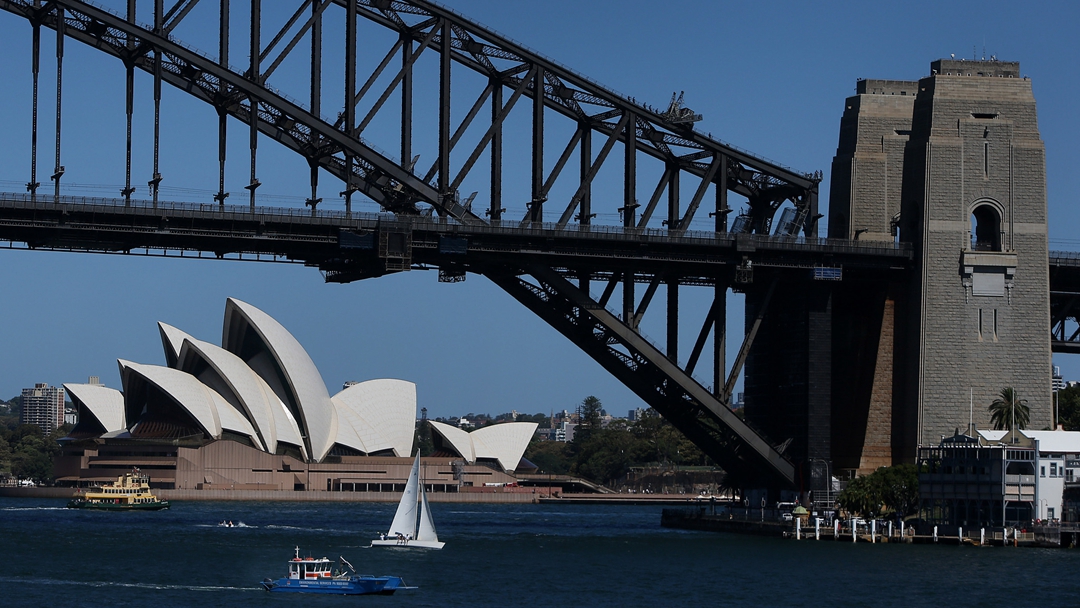
The Sydney Opera House and the Sydney Harbour Bridge in Australia, December 6, 2020. /CFP
The Sydney Opera House and the Sydney Harbour Bridge in Australia, December 6, 2020. /CFP
Australia's economy shrank by 1.1 percent in 2020 as the coronavirus pandemic took hold, but saw a faster-than-expected recovery late in the year as outbreak subsidies and massive monetary and fiscal stimulus offered support.
The economy grew by 3.1 percent in the October-December quarter, data from the Australian Bureau of Statistics (ABS) showed on Wednesday, higher than forecasts of a 2.5-percent rise.
However, the result was not enough to lift the economy to pre-pandemic levels, as growth remained 1.1 percent lower compared with December 2019.
The spread of the coronavirus last year sent Australia tumbling into its first recession in three decades, with a record 7-percent decline in the June quarter following a 0.3-percent dip in the first quarter of 2020.
Australia's economy has performed better than its rich-world peers thanks to very low community transmission of COVID-19 together with massive and timely fiscal and monetary stimulus.
In comparison, Britain's economy shrank by a record 9.9 percent in 2020, while the U.S. economy dropped by 3.5 percent in the same period.
To help blunt the economic shock from the pandemic-driven shutdowns, the Reserve Bank of Australia (RBA) slashed interest rates three times last year to a record low 0.1 percent and launched an unprecedented quantitative easing program. The government announced a wage subsidy scheme to keep people in jobs while banks deferred payments on home loans and cut borrowing rates to help boost credit growth.
On Tuesday, the RBA re-committed to keep three-year yields at 0.1 percent until its employment and inflation objectives are met, which policymakers don't expect until 2024 at the earliest.
(With input from Reuters, AFP)

